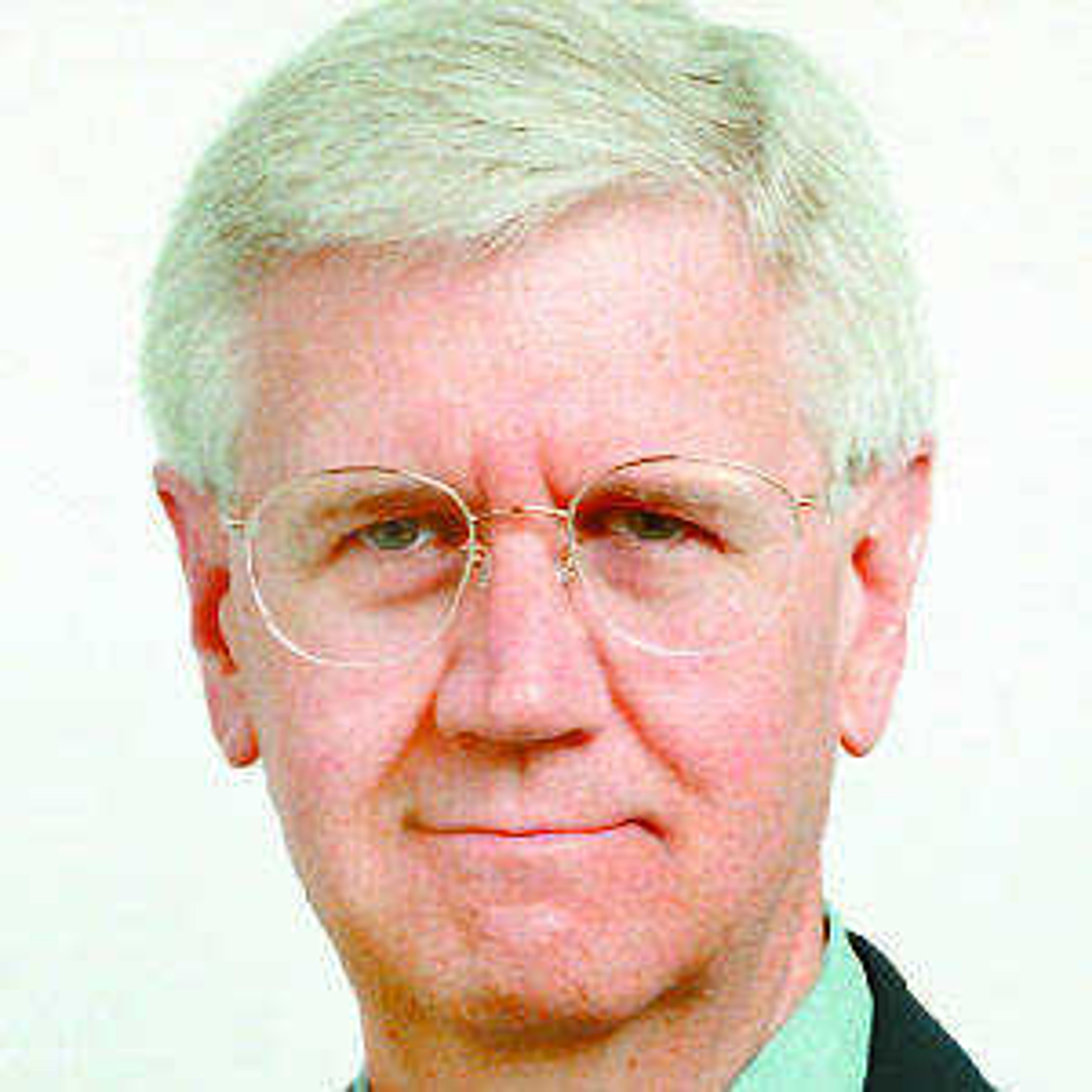RIVER CITY JOURNAL: IT'S TIME TO SET SALE FOR THE HOME-PAGE WORLD
Fledgling surfers on the Internet have an inkling of how Columbus must have felt as he set sail for the West Indies. Sometimes net users also wind up in strange places. About 20 years ago, the first computers were installed in the newsroom at the daily newspaper in Independence, Mo., Harry Truman's hometown. ...
Fledgling surfers on the Internet have an inkling of how Columbus must have felt as he set sail for the West Indies. Sometimes net users also wind up in strange places.
About 20 years ago, the first computers were installed in the newsroom at the daily newspaper in Independence, Mo., Harry Truman's hometown. The new equipment, everyone said, would make the familiar typewriters obsolete. But some of the older reporters and editors shook their heads and winked knowingly. Deep down, they thought, newspapers would always need typewriters.
Try to find one today.
As it turns out, there are two typewriters left in the newsroom of the Southeast Missourian. And nearly 30 computers.
One of the typewriters is in a corner of the managing editor's office. Since she is home with a new baby, no one seems to know how to turn on the electric typewriter. The other typewriter is under a desk in the library, and the librarian says she actually uses it from time to time.
But, for the most part, computers are a way of life in most newspapers. They have been accepted. They are capable both of producing complex graphics and full-color photographs as well as creating complete turmoil when they stop working. The technical term is "bomb." Wonder how that got started.
Although the computers have been accepted by editors and reporters, the folks back in that Independence newspaper were, like most humans, less than thrilled with the prospect as cables snaked down from the ceiling, across the floor, under desks and then disappeared into parts unknown to hook up with computers in other departments.
Grumbling was the order of the day as the TV screens were placed on boxes with blinking lights and attached to keyboards. When they were first put into use, the new computers became the targets of epithets and other kinds of bombs.
After days of complaining about the new technology, the newsroom's proofreader had finally had it with her whining co-workers. Audrey Stubbart suggested they buckle down and figure it out, because the computers were here to stay. After all, Audrey said, if she could master computers, anybody could. She was nearly 80 at the time.
Nowadays the big buzz is all about the information superhighway, the Internet, the World Wide Web, home pages, downloading, search engines and networks. There are, generally, two schools of thought about all this. One camp would feel right at home with the gripers at the newspaper in Independence. The other is made up of curious travelers who put on electronic skates and zip through an electronic atmosphere searching for data.
Some folks say all this will replace today's newspapers. That's what they said about radio and television too. There is no doubt the new world of cyberscape will change our lives dramatically, but that world is, to use a phrase familiar to net surfers, still under construction.
In the meantime, newspaper techies are finding interesting and useful applications for the information superhighway. Suddenly, vast databases of information -- ranging from legislation to technical reports to the number of school bus drivers who have been convicted of DWI -- are providing crucial information for significant news stories.
Interestingly, most young reporters and editors have no problems going into this still-foreign land. They speak the language. Computers are like appendages to their bodies. Older reporters and editors, though, are waiting to see what all the fuss is about.
Oh, by the way, Audrey Stubbart is still a proofreader at the newspaper in Independence. There have been a lot of computer changes in the newsroom there. She has found her way to the Internet a time or two. She still likes computers and has adapted to all the upgrades and new applications.
And last year she turned 100.
Bet she doesn't cotton to whiners about the digital world that is becoming so much a part of our lives.
~R. Joe Sullivan is the editor of the Southeast Missourian.
Connect with the Southeast Missourian Newsroom:
For corrections to this story or other insights for the editor, click here. To submit a letter to the editor, click here. To learn about the Southeast Missourian’s AI Policy, click here.










